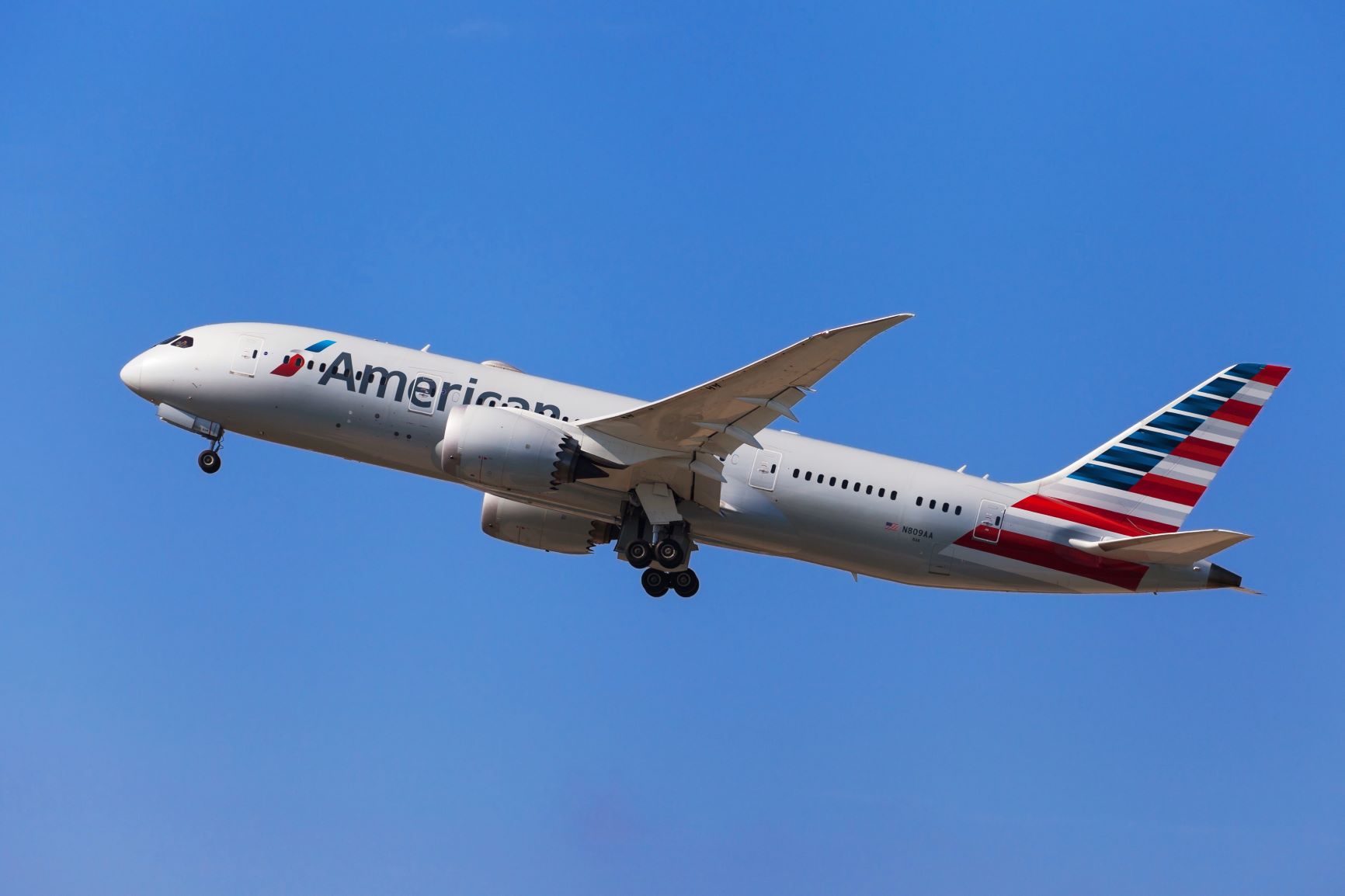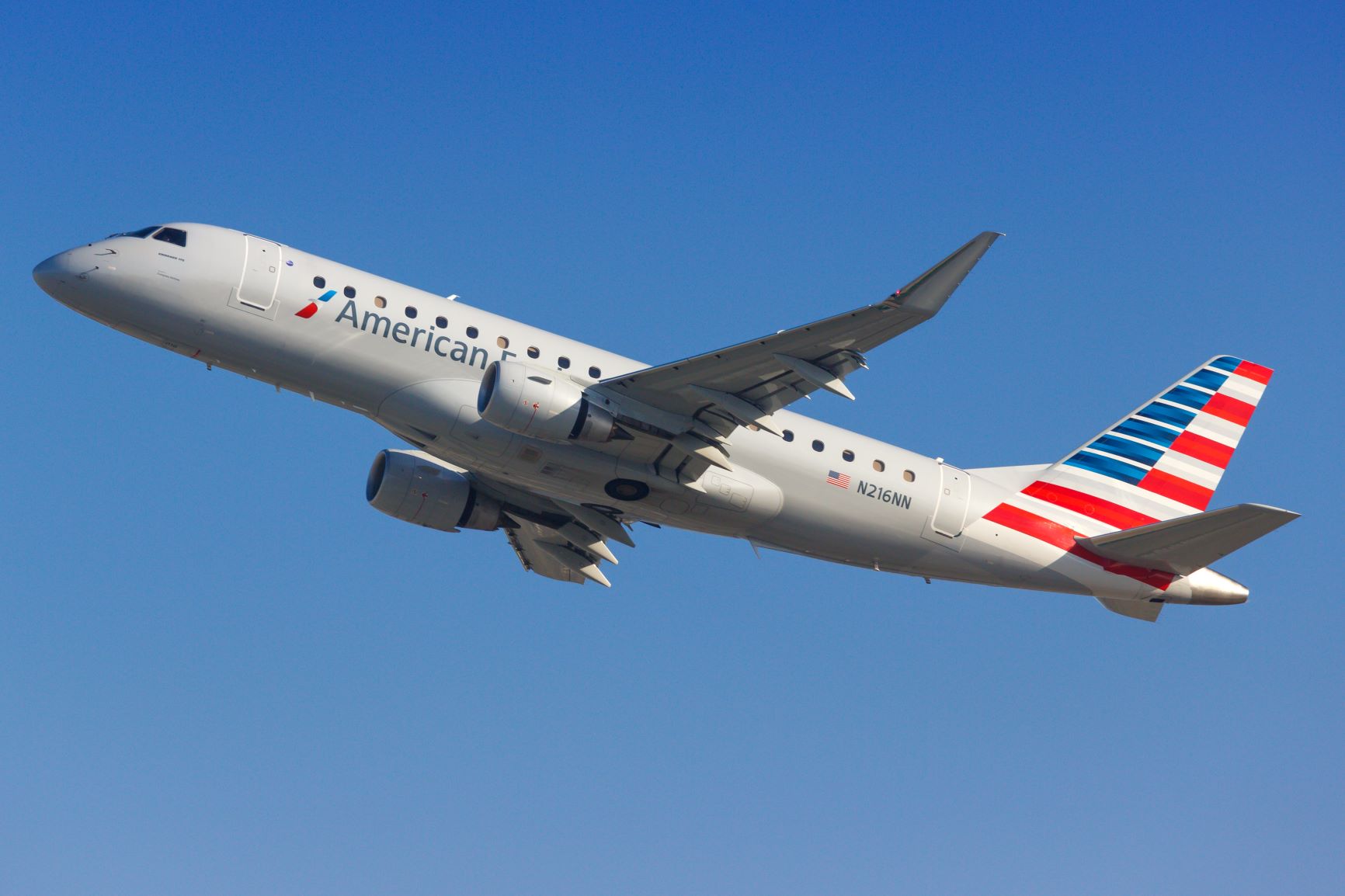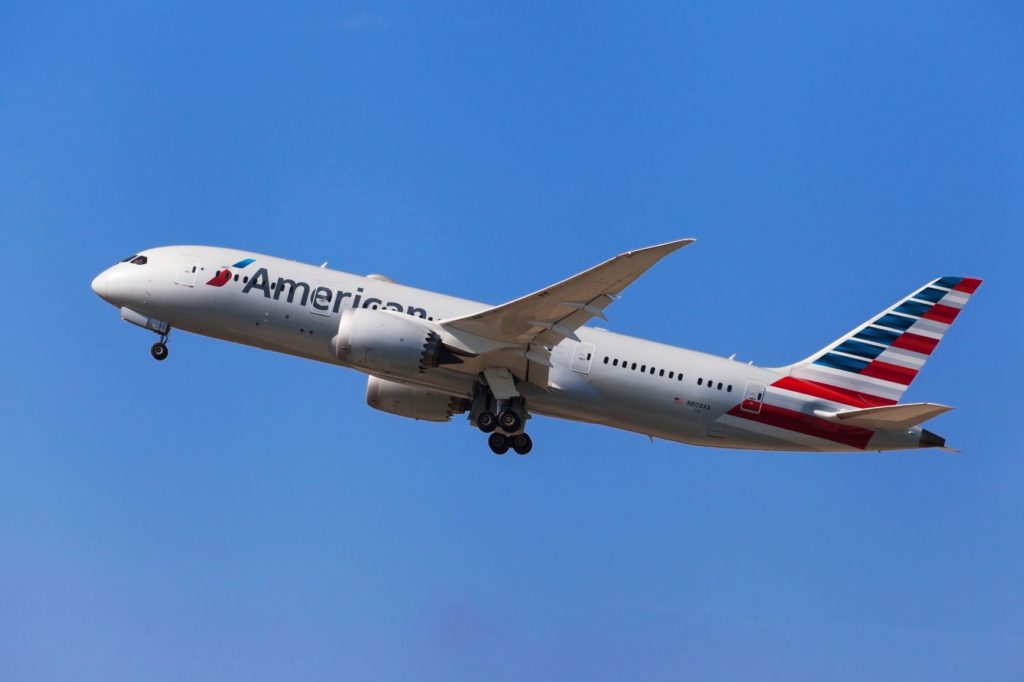Airline Career Pilot Programs
If your goal is to fly for the airlines, an Airline Career Pilot Program might be the way to go. If accepted, these programs are generally designed to put you on a track from flight training, to time building for your ATP, to a regional airline, and then a major airline. Rather than interviewing for each job along the way, for the most part once you’re accepted into the program you’ll advance through each stage as you reach certain time and training requirements.
The airlines save money with a more manageable, long term hiring program, and you get the security of knowing you’re in line to a major airline career. Each program works a little different than the others so we’ve put together posts for AA and their regionals, United, and UPS. If more airlines start their own career programs we’ll add them to the list.
AA Cadet Programs
With record retirements on the horizon, AA, the world’s biggest airline, will be looking to hire thousands of pilots over the next decade. If you want to fly for them, one of these programs should be a great fit for you.  AA works a little differently than the other airlines with similar programs, in that AA has four different career programs: the AA Cadet Academy, ran by American Airlines, as well as a program ran by each of their wholly owned regional airlines; the Envoy Cadet Program, the Piedmont Cadet Program, and the PSA Cadet Program. Each one is designed to get you to AA, the primary difference being how you get there. We’ll break them down below.
AA works a little differently than the other airlines with similar programs, in that AA has four different career programs: the AA Cadet Academy, ran by American Airlines, as well as a program ran by each of their wholly owned regional airlines; the Envoy Cadet Program, the Piedmont Cadet Program, and the PSA Cadet Program. Each one is designed to get you to AA, the primary difference being how you get there. We’ll break them down below.
AA Cadet Academy
The AA Cadet Academy is designed to give you the tools to accomplish your flight training, and build time to reach the ATP required minimums. Once you have your ATP minimums you’ll interview with one (or more) of their 3 wholly owned regional airlines (Envoy, Piedmont, or PSA). Once hired at a regional, you’ll enter that regional’s flow through program and it’s just a matter of time and seniority until you transition to AA, no interview required. The program can be broken down into 3 phases, Application, Instruction, and Time Building.
Application
The AA Cadet Academy application requirements include a high school diploma or GED, and the ability to obtain a first class medical, among other pretty standard requirements. The process consists of three stages:
- Submit an application – application will include an online assessment and essay questions. You can apply from the link on the AA Cadet Academy website.
- Top applicants will be asked to submit a video interview.
- Select candidates will be invited to DFW for further testing and face-to-face interviews.
Once accepted, your time at the AA Cadet Academy is broken down into two phases, the Instruction Phase and the Experience Phase.
Instruction
The Instruction Phase is advertised as up to 18 months and takes you from your Private Pilot License through your CFI and CFI-I. There are three flight schools you can attend as part of the AA Cadet Program:
- CAE – Phoenix, AZ
- Coast Flight – Dallas, TX; San Marcos, TX; San Diego, CA
- CTI – Ft Lauderdale, FL
Experience
Once your instruction/training is complete, you’ll enter the Experience Phase as a paid flight instructor in order to build your flight hours to meet the ATP certificate requirements. The phase is advertised as up to 24 month, and the intent is to have you work as a flight instructor at the school where you did your training. If an instructor position is not available at your flight school, the Cadet Academy team will “make every reasonable effort to find the best fit for you at one of the 50+ flight schools” partnered with their wholly owned regionals (Envoy, PSA, and Piedmont).
Once you reach the hours required for the ATP certificate (1,500), you’ll apply to any of the wholly owned regionals (Envoy, Piedmont, PSA). If hired you’re career as an airline pilot will begin and you’ll enter into the regional airline’s flow through program, and transition to AA when your seniority number reaches the top of the list (no interview required)!
More info can be found at the AA Cadet Academy website, and considerably more detail, including costs of training, can be found in their FAQ.
AA Regional Airline Cadet Programs
In addition to the AA Cadet Academy, each of AA’s wholly owned regional airlines has their own Cadet program. There is an Envoy Cadet Program, a Piedmont Cadet Program, and a PSA Cadet Program. We’ll break down the details below. One major difference is that in the AA Cadet Academy you complete two interviews, one to get into the program and another at the regional airline, whereas in the regional cadet programs, you only interview once.
in the AA Cadet Academy you complete two interviews, one to get into the program and another at the regional airline, whereas in the regional cadet programs, you only interview once.
Envoy Cadet Program
If you know you want to end up at Envoy enroute to AA, you can jump directly into Envoy’s Cadet Program. If accepted, once your CFI training is complete Envoy will place you as a paid flight instructor at one of their numerous affiliate flight schools, offer financial assistance, and provide you with all the benefits of being an Envoy employee. Once you reach the ATP minimums you’ll be assigned an Envoy training class, and flow to AA when your seniority number reaches the top of the list (no interview required).
How does the application process work?
There are three different stages of the application process, Cadet, Senior Cadet, and Cadet Instructor.
Cadet Phase
Requirements: Private pilot certificate, be enrolled in a partner school
Interview: Complete an initial HR interview
Benefits: Once accepted into the Cadet phase, the student is provided mentorship, internships, and promotional material
What’s Next: Training continues toward the commercial pilot certificate and the Senior Cadet Phase
Senior Cadet Phase
Requirements: Commercial pilot certificate with multi-engine and instrument ratings
Interview: At this point the student will complete the entire interview (HR, and technical)
Benefits: Same as the Cadet phase
What’s Next: Training continues toward your CFI and CFI-I ratings
Cadet Instructor Phase
Reqs: CFI certificate with an instrument rating (CFI-I)
Interview: Here you’ll be required to pass the Captain Review Board and sign a letter of commitment (2 year employment agreement) with Envoy. At this point your interview is complete and you are formally employed by Envoy!
Benefits: Those of a full time Envoy employee. Envoy will also let you take $5,000 of your $10,000 first officer sign on bonus at this point, if you want.
What’s Next: You’ll instruct at the flight school you’ve attended, or Envoy will place you at an affiliate flight school, where you’ll build time toward your ATP.
I haven’t found any information on the website, but Cadet new hires used to (and may still) be given priority in their new hire class. Normally, new hire class seniority would be determined by age. The oldest new hire would be the top of the list, and the youngest would be the bottom. When it’s time to choose your base and airframe, the most senior (oldest) would go first. Cadets were being given priority for every new hire class, meaning that all Cadets would be sorted by age at the top of the list, followed by everyone else sorted by age below the Cadets. I sat in on a class selecting their base and airframe. The class of about 30 had 10 or 12 cadets who mostly got what they wanted to fly (this will obviously vary based on personal preference and available aircraft/bases).
What flight schools are part of the program?
There are a lot. Over 50. I won’t list them here, but you can find them all at the bottom of the Envoy Cadet website.
What happens when I have my ATP minimums?
Upon reaching your ATP minimums, Envoy will cover the costs of your ATP-CTP course. Upon completion of the course and written test, you’ll be placed in the next available Envoy training class where you’re airline career will begin!
How does the flow through program work?
Envoy sends a certain number of Captains to AA every month. When your seniority number reaches the top of the list you transition to AA. No interview required!
How long this takes will vary based on the size of the seniority list, and the amount of pilots transitioning to AA each month. For a while almost 30 pilots were leaving a month, but that number was expected to drop in 2020 (closer to 15-20 was the estimate). I don’t know where it stands right now, but if you do the math (estimate 2,500 pilots on the seniority list with 30 leaving a month) it’s close to a 7 year flow through program. That can of course change (in either direction) and is just an estimate, but don’t expect to jump to AA immediately after your two year commitment is up.
Get an idea of each airline’s time frame and make the most educated decision you can. Even if it is a seven year wait, it’s still a great program to have in your back pocket. Nothing says you can’t set yourself apart and get an interview before your flow through date, but if for whatever reason that interview doesn’t come you can rest easy knowing you’ve got a ticket to AA!
PSA Cadet Program
Very similar to the Envoy program, with some different benefits. The structure follows the same Cadet, Senior Cadet, and Cadet Instructor Phases, with the same interview process and requirements at each stage. We’ll just list the differences below.
Benefits
The Cadet Phase is the same as at Envoy; mentorship and promotional material. The Senior Cadet Phase provides $7,500 in flight training assistance when you commit to PSA. The Cadet Instructor Phase provides $5,000 in tuition reimbursement.
What Schools are Involved?
23 at the time this is being written. You can find them, and more information, on the PSA Cadet website.
Piedmont Cadet Program
Piedmont works a little different than the other two AA regionals. From their website: Piedmont offers the most flexible cadet program in the industry. Cadets may build hours any way they wish, and are not locked in to a partner school. Along the way, cadets have full access to American Airlines flight benefits, as well as mentors, events and networking that will help you become a better pilot.
Basically, apply to the program, and once accepted build hours to reach the ATP certificate minimums however you see fit (you don’t have to be a flight instructor). Once you have the hours, transition to Piedmont, and then to AA when your seniority reaches the top (no interview required)!
Piedmont seems to give the least details of the 3 regionals on their website, but you can find more information and get in touch with a recruiter to answer your questions on the Piedmont Cadet website. As we find more information on the program, we’ll add it here!
Let’s Sum it Up
You basically have 4 different ways to end up at AA, each one a little different than the others. Take a look at each regional airline and how it could work with your life – the bases available, pay and bonuses, seniority progression, etc. Once you have the airlines figured out, take a look at each program and see if one makes more sense than the others (for example, the time building at Piedmont vs Envoy and PSA). Hopefully that gives you a good picture of your options and pushes you toward one of the tracks. From there, use the gear icon to the right side of the search bar and select the program(s) you’re looking for to limit your searches to flight schools associated with your desired track to AA!
